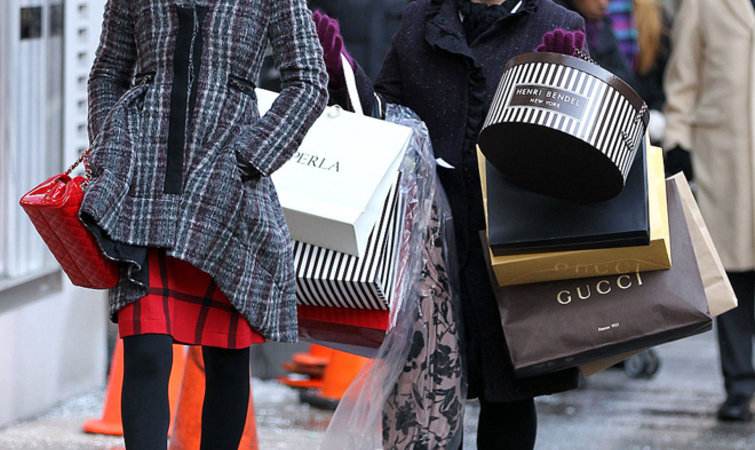The price premium of luxury goods in China over those in Europe has shrunk by a quarter in the past year - a trend that is driving up China's domestic luxury spending.
过去一年,相对于欧洲,奢侈品在中国的溢价缩水了1/4,这一趋势正拉高中国国内的奢侈品消费。
Chinese consumers have historically made most of their purchases outside the Chinese mainland, because of high import taxes and price premiums charged by brands in the country.
过去,由于高昂的进口税和奢侈品牌在中国的溢价,中国消费者的奢侈品购买行为大多发生在中国内地以外的地方。
Those premiums have eroded over the past year, according to a survey of the prices of nearly 2,000 luxury goods by consultancy Deloitte.
根据咨询机构德勤对近2000种奢侈品价格的调查,这种溢价在过去一年有所下降。

Luxury goods on average are now 32% more expensive than identical items in France - the largest market in the global luxury sector and a good baseline for European prices, says Deloitte - compared with 41% a year ago.
目前奢侈品在中国的售价平均比法国的同款商品高32%,而一年前则高出41%。德勤称,法国是全球奢侈品行业的最大市场,也是欧洲奢侈品价格的合适基准。
The change was most pronounced for clothing and footwear, which were almost 50% more expensive in China a year ago but now carry a premium of about one-third, the Deloitte survey showed.
德勤的调查显示,这一变化在服装和鞋靴方面最为显著。一年前这两类产品在中国的溢价接近50%,但现在的溢价约为1/3。













